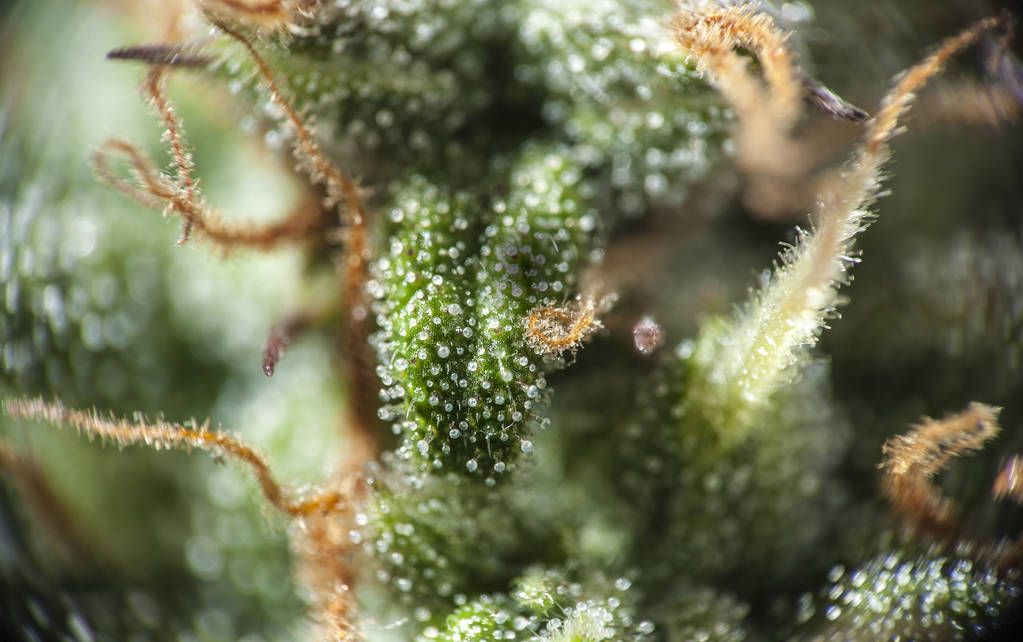A new study published in BMC Genomics explores how different parts of the marijuana plant influence the production of cannabinoids and terpenes, offering insight into the plant’s internal regulatory mechanisms.

Through a comprehensive transcriptomic analysis of wild cannabis, researchers identified over 2,500 differentially expressed genes (DEGs) across leaf, stem, and root tissues. These findings point to clear tissue-specific control over the pathways that produce cannabinoids and terpenoids.
Genes essential for terpenoid and phenylpropanoid biosynthesis—such as terpene synthase (TPS) and phenylalanine ammonia-lyase (PAL)—were found to be most active in leaf tissue, especially during the flowering stage. Validation through RT-PCR of ten key genes, including CBDAS and THCAS, confirmed strong expression in leaves, consistent with the idea that this photosynthetically active tissue is a primary site of cannabinoid synthesis.
In addition to gene expression, the study analyzed alternative splicing (AS), uncovering 8,729 unique events, with exon skipping being the most common. Genes involved in terpenoid production displayed enriched splicing activity, suggesting that changes in RNA processing may fine-tune enzyme function and chemical output. The researchers note that further study is needed to confirm how these variations affect protein activity.
The team also identified 3,245 long non-coding RNAs (lncRNAs), many of which were expressed in specific tissues and found to co-occur with metabolic genes. These lncRNAs could play a regulatory role in cannabinoid and terpene production, though their functions in marijuana remain to be experimentally confirmed.
Genetic analysis revealed more than 12,000 SNPs and nearly 2,800 INDELs, with several mutations found in critical biosynthetic genes like TPS and PAL. These genetic differences could help explain variation in chemical composition between different parts of the plant.
Researchers conclude by stating:
This study provides preliminary insights into the tissue-specific metabolic regulation of wild C. sativa through transcriptomic analysis. By identifying differentially expressed genes, alternative splicing events, lncRNAs, and genetic variations, it suggests potential regulatory mechanisms underlying secondary metabolite biosynthesis. The RT-PCR validation of key genes supports the reliability of the transcriptomic data. While further functional and multi-omics validation is necessary, these findings offer a valuable foundation for future research aimed at optimizing cannabinoid production and exploring therapeutic applications.





